Cultural Tourism
GWANGYANG
Cultural Tourism
Major Tourist Attractions
Gubongsan Observatory
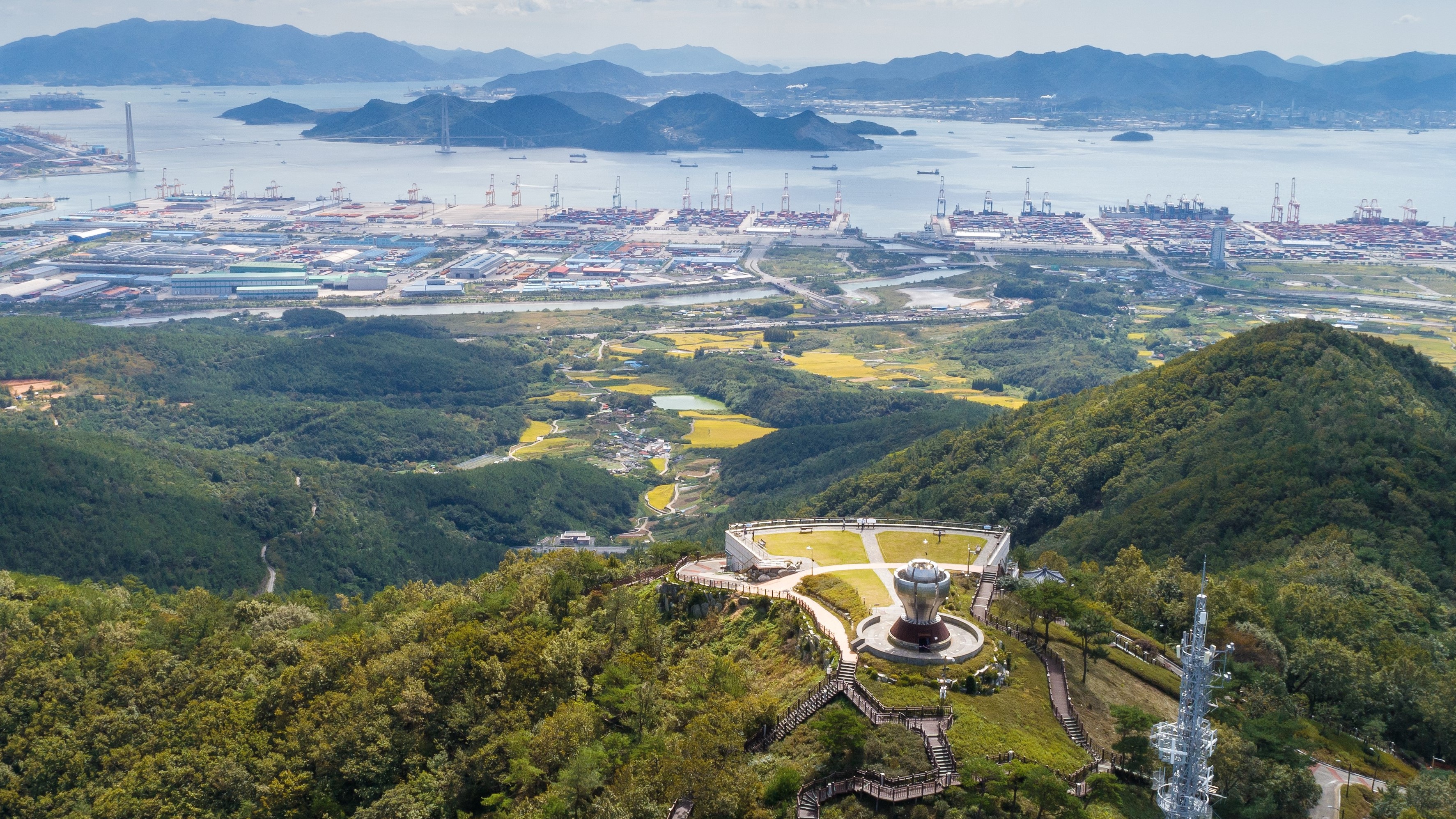
Decorated with a digital (metal art) Bongsudae (Fire Signal Station), the observatory overlooks Gwangyang Bay as well as Gwangyang, Yeosu, Suncheon, and Namhae at a glance. Colorful light from nearby industrial complexes and Yi Sun-sin Bridge forms a splendid night view and attracts many visitors.
Maehwa Village

Near the village are over 100,000 apricot flowers blooming each spring. Surrounded by the beautiful Seomjingang River, it is home to the earliest-held, magnificent flower festival in Korea.
Yi Sun-sin Bridge
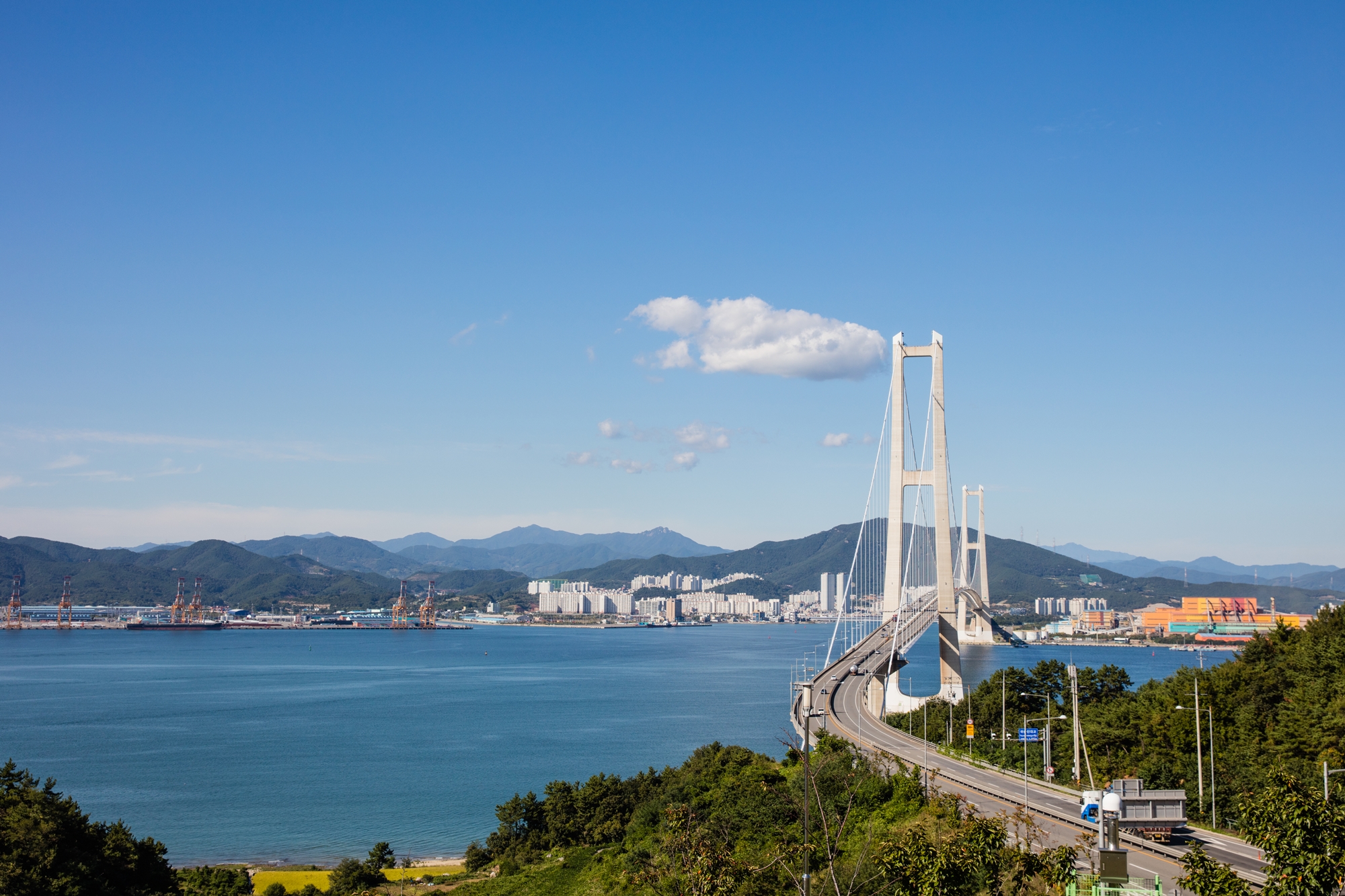
This 2,260m-long suspension bridge connects Gwangyang and Yeosu. The distance between the anchorage points is 1,545m, the fourth longest in the world. The concrete pylons also rise 270m above sea level, which makes them tallest pylons in the world.
Oknyongsa Temple Site Camellia Forest
Over 7,000 lush camellia trees surround the temple site. From February to April every year, camellia trees offer splendid view to visitors. The forest is designated as Natural Monument No. 489.
Gwangyang Jangdo Museum

Built in 2006, the museum was designed to promote and develop the heritage of the traditional Korean knife. The museum provides exhibitions, cultural lectures, and on-site experience programs to visitors.
Mangdeok Port (Baealdo Beach Park)
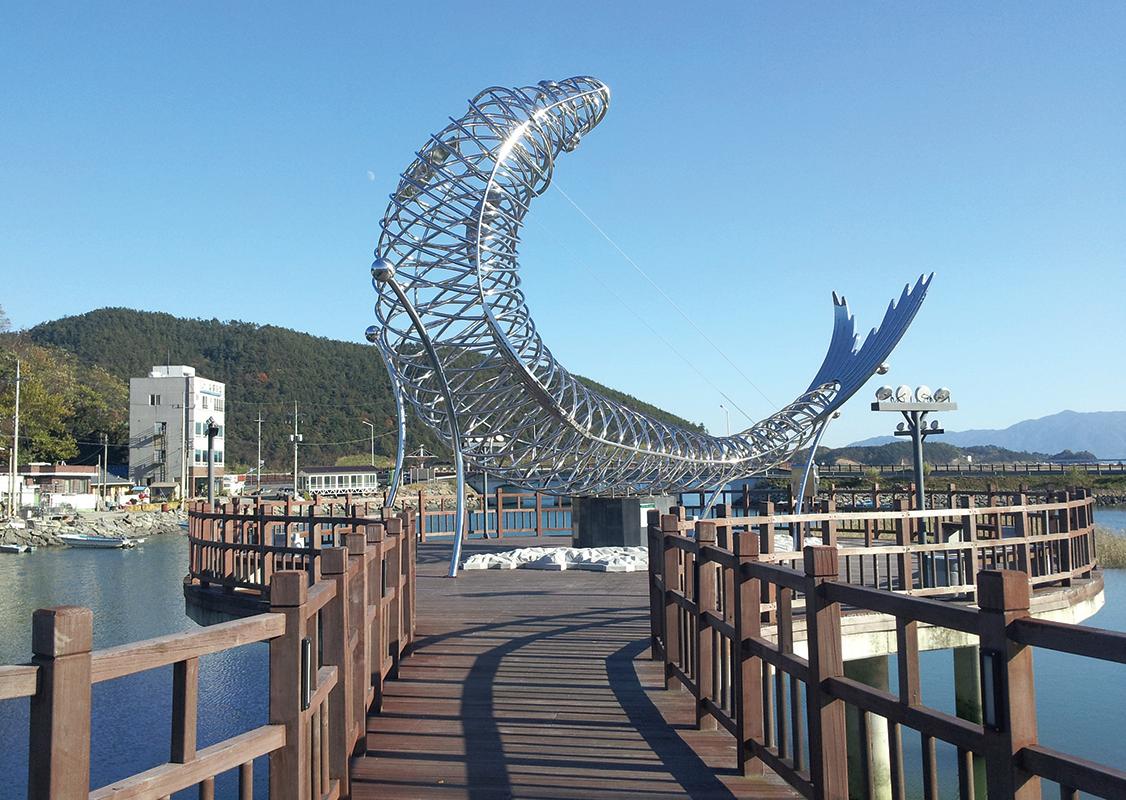
Located near a mouth of the Seomjingang River and northern part of Taeindo Island, this small port consists of a camping ground, sports park, and beach, along with nice walking trails. Ideal for family visitors, it is the end point of the Seomjingang Bike Trail.
Gwangyang History & Culture Museum
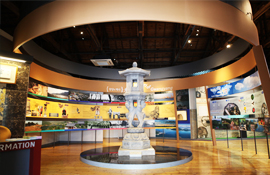
Based on the former Gwangyang City Hall designated as Registered Cultural Property No. 444, the museum is centered on 15 themes from the introduction of Gwangyang to overview of cultural heritages in Gwangyang. The building itself used to be the focal point of public administration in Gwangyang and, as such, offers a historically rich symbolic value.
Hae-o-reum(the sun rise) Footbridge
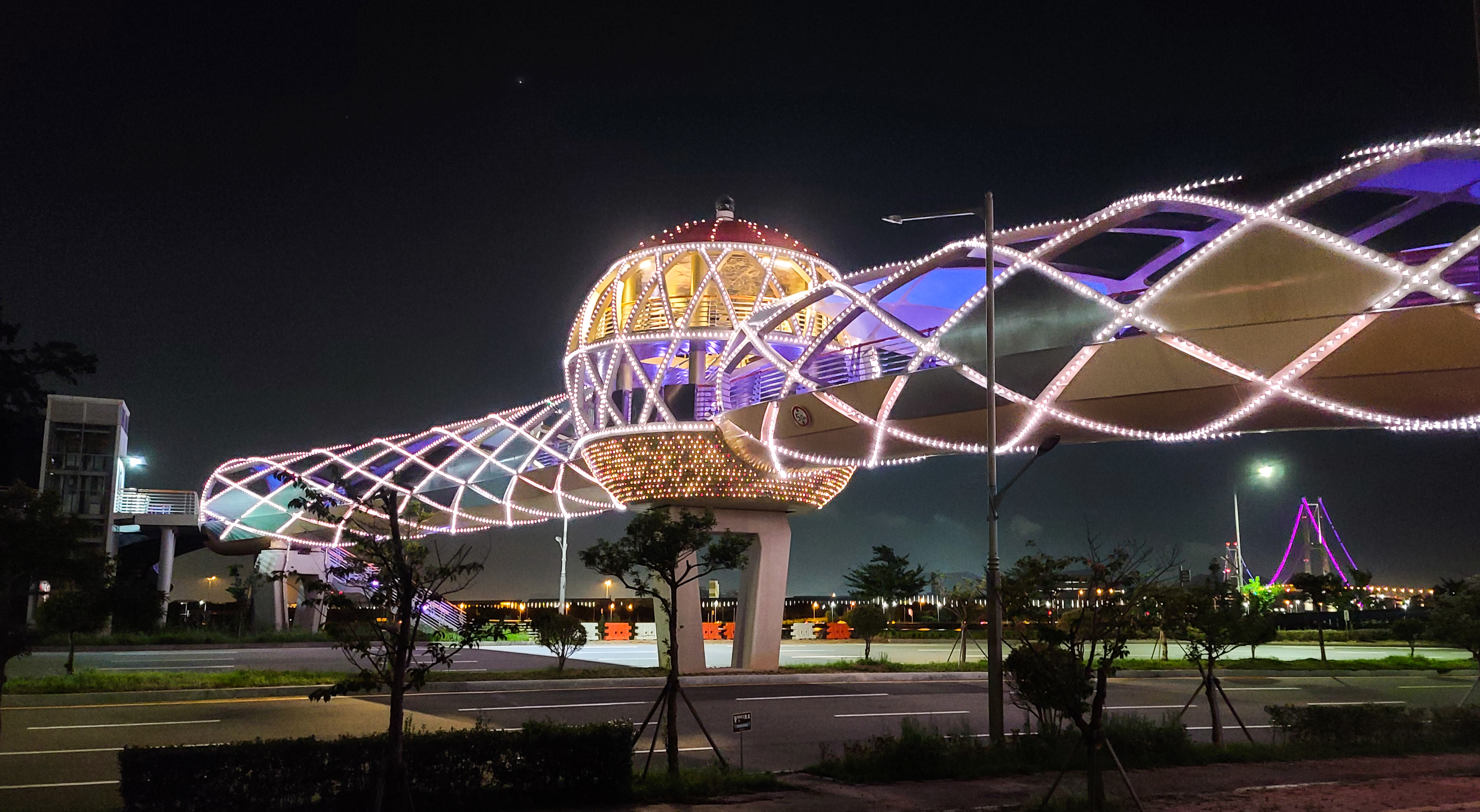
The Hae-o-reum(the sun rise) Footbridge represents the true essence of Gwangyang City, a city of light and sunshine. Its shape resembles a brilliant sun vigorously leaping over the clear waves of Gwangyang Bay. The bridge features an observatory adorned with mythical constellations, rest areas, elevators accommodating physically disadvantaged individuals, and a simple tempered glass design that combines functionality and aesthetics as a landscape pedestrian bridge. As a gateway and landmark of Gwangyang Haevichi Road, it offers a panoramic view of the beautiful city of Gwangyang, including Yi Sun-sin Bridge, Gwangyang Bay, Gwangyang Steelworks, and the cityscape, both by day and night.
Gwangyang Gim(Seaweed) Cultivation Site

The Gwangyang Gim(Seaweed) Cultivation Site was established to honor Gim Yeo-ik (1606-1660), who was the first in history to cultivate gim(seaweed). In the 18th year of King Injo's reign (1640), Gim Yeo-ik moved to Taeindo and began the first seaweed farming. References to gim appear in historical documents such as "Gyeongsangdo Jiriji," "Dongguk Yeoji Seungnam," and "Sinjeung Dongguk Yeoji Seungnam," mentioning gim as a local product in areas such as Ulsan, Dongnae, Yeongil, Jindo, Suncheon, and Gwangyang.
Maecheon Hwang Hyeon's House
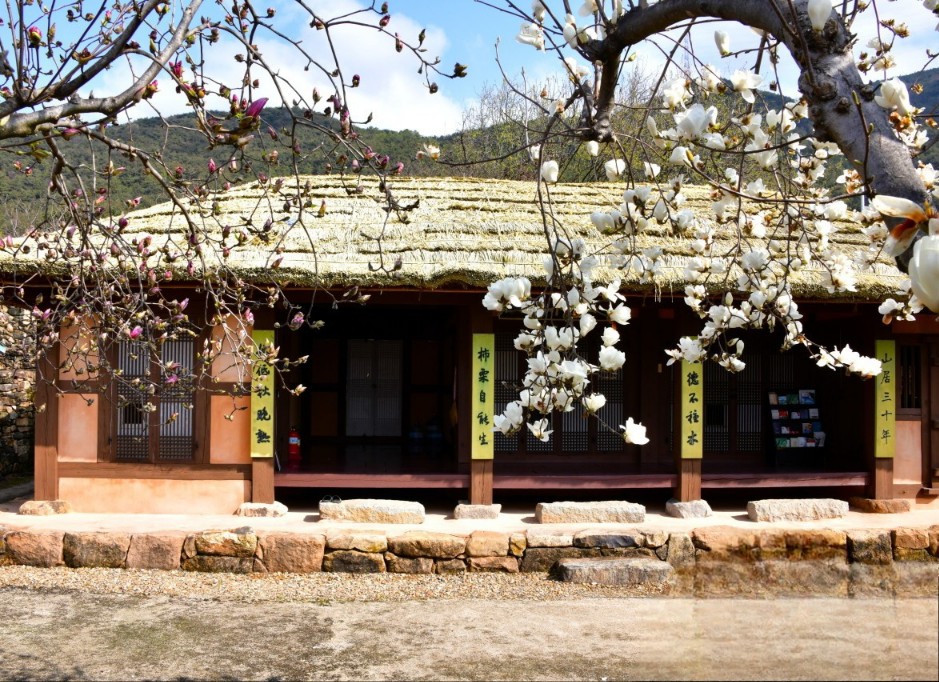
Maechon Hwang Hyeon's House is the birthplace of a patriot revered as the last scholar of the late Joseon Dynasty named Maechon Hwang Hyeon. Located in Seoksari, Bongga-myeon, the current structure was restored in 2001 in honor of his works and contribution in the rich history of Gwangyang.
Baegunsan(mountain)
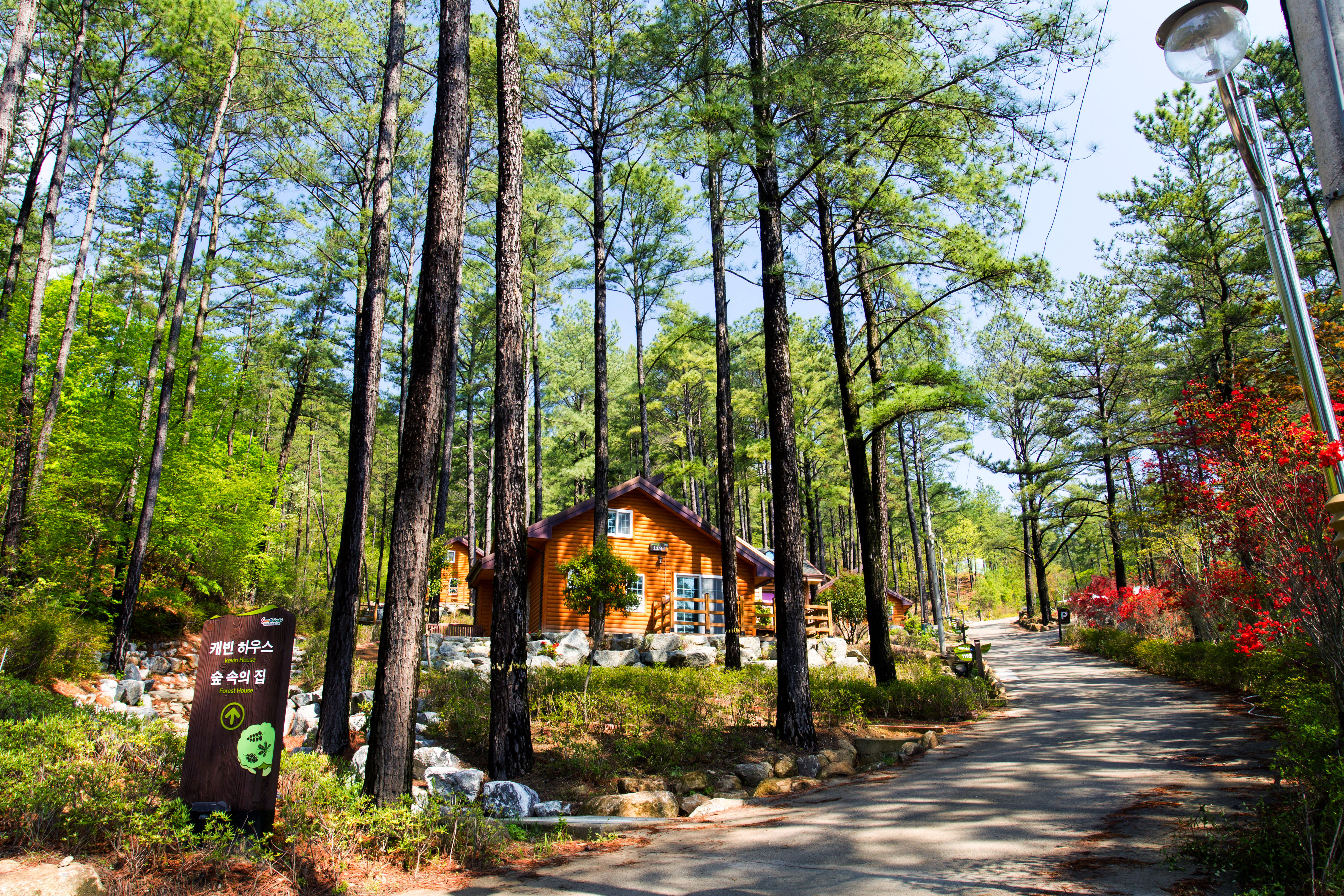
Rising prominently in the central part of the southern Korean Peninsula, Baegunsan Mountain stands at an elevation of 1,222 meters. This sacred mountain is believed to harbor the three mystical energies of a phoenix, a pig, and a fox. Baegunsan branches off from the Baekdu-daegan mountain range, extending into the Honam plains, forming the Honam Jeongmaek, and embracing the 550-ri watercourse of the Seomjin River. It is also renowned for its rich plant ecology with over 900 species of plants. The mountain features four ridges stretching south and east for about 10 kilometers, creating four deep valleys: Seongbul, Donggok, Eongchi, and Geumcheon.
Baealdo Island Garden
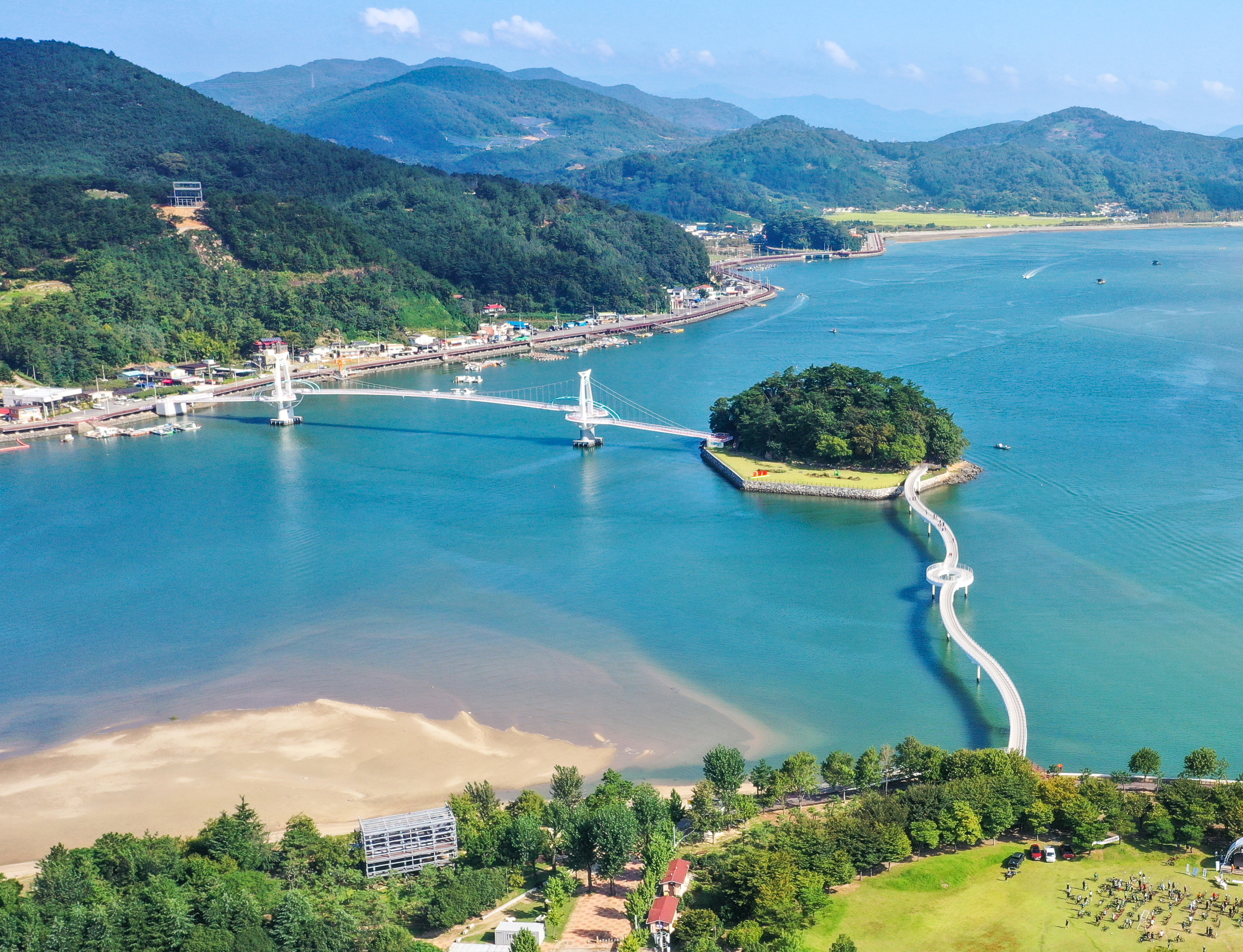
Baealdo Island is considered a convergence where the Seomjin River meets the sea, uniting the provinces of Jeolla (Gwangyang) and Gyeongsang (Hadong). It symbolizes unity and new beginnings. The Baealdo Island Garden is located at the Seomjin River's end, where it meets the sea after its 550-ri journey. Originally called Saedo or Snake Island on maps like the Daedongyeojido, Baealdo got its new name from its mystical shape, resembling a person bowing to a heavenly being on the hilltop of Maengma Village in Mangdeok-ri.